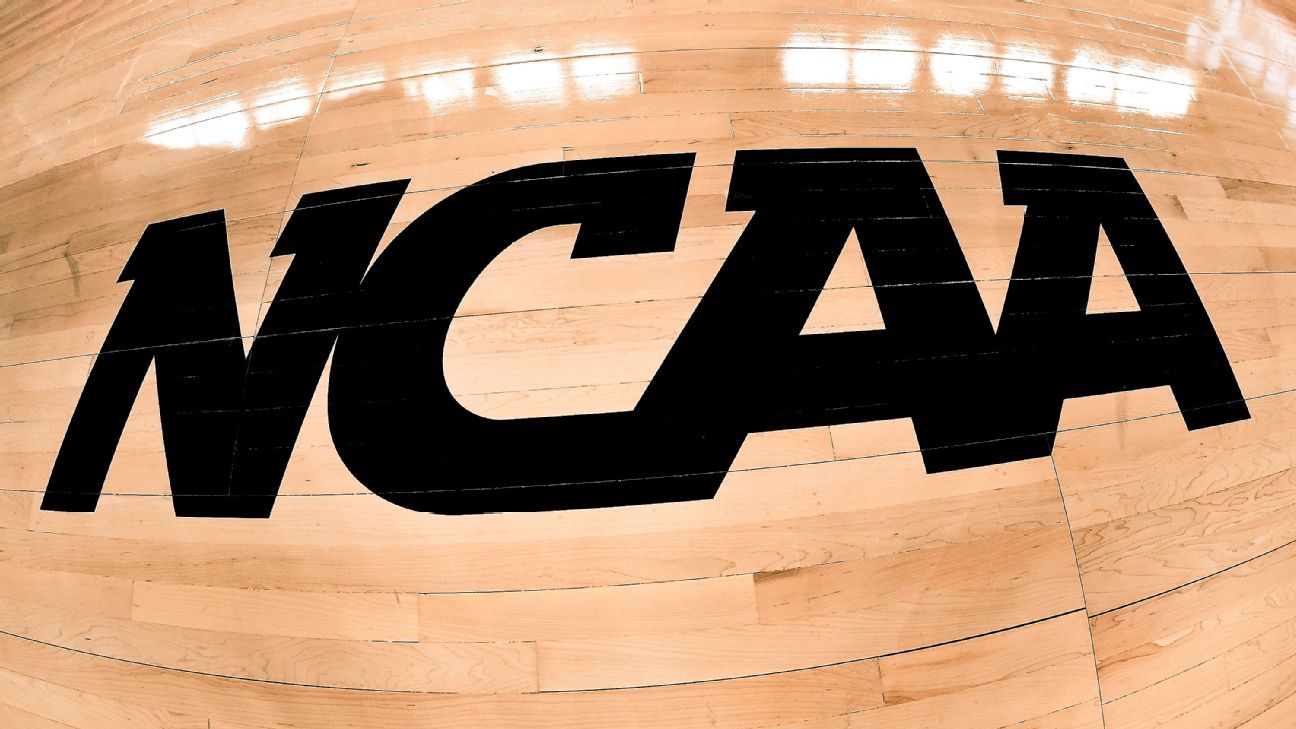The NCAA made a potentially game-changing announcement on Tuesday, appointing a working group to examine issues related to student-athletes using their name, image and likeness. Member representatives from all three NCAA divisions will comprise the working group, co-chaired by Big East commissioner Val Ackerman and Ohio State athletic director Gene Smith.
Because the group has yet to meet and discuss any rule amendments, members of the working group referred ESPN to the corresponding NCAA spokesperson when reached for comment. The NCAA told ESPN it is not able to make any further statements or clarification on the release without fully knowing what recommendations the working group will provide.
Without knowing whether the working group’s report will approve any overarching rules to player likeness and image, here are the big points to note from the release — and the questions the group will need to answer as they work toward their decision.
What is name, image and likeness?
As it stands now, a student athlete’s photograph, name, autograph, jersey or personal identity can be used by a university and the NCAA for advertising or commercially without allowing the athlete to gain anything monetarily.
The athletes are not allowed to profit off their own brand or level of celebrity. That means athletes can’t receive payment for their autograph, they don’t receive payment for showing up in promotional and marketing assets designed to promote the university or NCAA and they are unable to receive any money from jersey sales associated with their respective numbers.
The working group will now discuss the potential for a student athlete to own the rights to his or her own name, image and brand among other aspects, potentially allowing a student athlete to gain monetarily off of their own status.
Are we closer to college athletes being paid?
Yes and no. If student-athletes are able to benefit — read: make money — from their name, image and likeness, then yes, we’re closer to college athletes being paid. But the announcement from the NCAA makes it clear that this should not be mistaken as a discussion about players being paid to play college sports. It’s mentioned no fewer than four times in the official NCAA release.
From the release: “According to the board, the group will not consider any concepts that could be construed as payment for participation in college sports. The NCAA’s mission to provide opportunity for students to compete against other students prohibits any contemplation of pay-for-play.”
“The group’s work will not result in paying students as employees,” Smith said in the release. “That structure is contrary to the NCAA’s educational mission and will not be a part of this discussion.”
And in its explanation of the working group’s efforts, “maintain the clear demarcation between professional and college sports” is the second one listed.
So college athletes might be closer to making money, but it doesn’t sound like that money is coming from schools or the NCAA.
“Nothing has happened yet. There is a belief, and I agree, that we need to do a deep dive on this and chase some of the questions you’ve posed to their roots and decide what we’re going to try to do philosophically,” Big 12 Commissioner Bob Bowlsby said. “I really don’t see a situation where we find ourselves in an open marketplace with professional, or pseudo-professional athletes, on our campuses. I just don’t see it going down that path, but to think that there could be some ways there could be broader access, I think, I’m going into it with an open mind on that front and we’ll see what comes of it.”
Does this put college sports video games back on the table?
The annual “NCAA Football” game was consistently one of the most popular sports video games on the market, while the annual “NCAA Basketball” (or “NCAA March Madness” or “College Hoops 2K”) games were also gobbled up every year by consumers. Until 2013 — when a lawsuit was brought against the NCAA and EA Sports by former UCLA player Ed O’Bannon for using players’ likenesses in the game without the players then being compensated for it. Could this working group look into bringing those games back?
“It’s not inconceivable, but we’d have to look at it in light of modern circumstances and in light of what this task force recommends,” Bowlsby said.
The answer to this question won’t completely fall on the NCAA and the working group. If they choose to allow student athletes to monetize their likeness, that will raise further questions as to how the players would be compensated from such a video game.
Would the NCAA collect a licensing fee from EA Sports, or any other video game producer, and distribute that money to the players equally? If the athletes own the rights to their likeness, would they have to sign off on the NCAA negotiating a deal for them?
Could the players negotiate their own deals if they are to be more prominently featured in the game?
“All of those would be questions that would have to be answered,” Bowlsby said. “There, again, depending on the architecture, they might be able to be answered successfully and in ways that would favor student-athletes. On the other hand, dependent upon the structure it could be that it’s not going to be.
“I don’t think it’s possible to answer the question with any precision right now, those are certainly topics that will get discussed.”
A spokesperson said EA Sports doesn’t have any comments to make on the working group at this point and can’t speculate on the future.
The NFL equivalent, “Madden NFL,” annually features a well-known NFL player on its cover. If the NCAA video game were to do the same, could that player negotiate more money for his appearance on the cover? And would he be allowed to do promotional events and appearances on the game’s behalf as many professional athletes do.
While many fans were upset that these college-based games disappeared, bringing them back with an approval on student athletes profiting off of their likeness won’t be as easy as it seems. It might seem as though something as trivial as a video game would be an afterthought, but the nature of what it could create is something the working group is going to have to consider.
What additional questions does the working group still need to answer?
If the group decides that student-athletes can benefit off their name, image and likeness, there are several questions still to be answered.
Would this mean players could accept income in another sport?
In 2004, the NCAA ruled that Colorado wide receiver Jeremy Bloom was ineligible to play football because he accepted endorsements as a professional skier. Bloom, who represented the United States in the 2002 Olympics, argued that he couldn’t prepare for the 2006 Olympics without funding through endorsements. The NCAA said Bloom violated NCAA rules by accepting those endorsements.
Should the working group look to push this change through, would a modern-day Jeremy Bloom have been eligible?
What are the educational components of a potential change?
In the official announcement, the NCAA notes that the working group “will focus on solutions that tie any changes to education” and Ackerman mentions that rule modifications would be “tethered to education.” What does that mean? Could it mean that money made from name, image and likeness is withheld until graduation? Could it mean players have to remain eligible to eventually receive the money? The group will need to clarify its position on that aspect — or at least explain what it means.
Is there a limit to how much a student-athlete can benefit?
One of the arguments against this change is that boosters or small-business owners that are fans of a big college program will essentially get into bidding wars over potential recruits. An Alabama fan that runs a car dealership in Tuscaloosa could theoretically offer $500,000 to a five-star prospect for his face to be used on his dealership, while a Clemson fan who owns a business in South Carolina could offer $750,000 for the recruit’s face to be used on a billboard. While this would only apply to a couple situations, it will undoubtedly be mentioned if this rule was to be changed. Would the NCAA do anything to curtail potential issues like this?
What’s next?
The group is expected to provide an update on its efforts in August, with a final report due to the Board of Governors in October.
The next NCAA convention is Jan. 22-25 in Anaheim, California. Theoretically, that would be the earliest any proposal could go to a vote.


